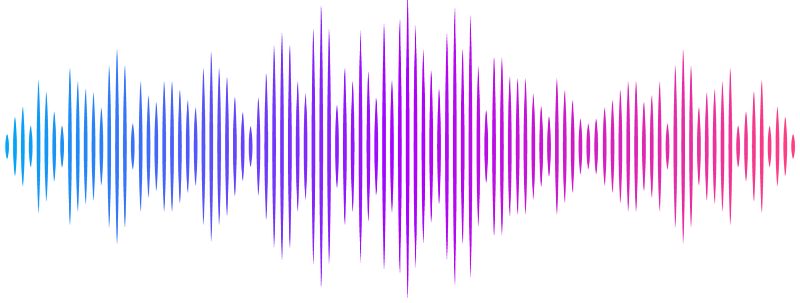A Window into the Brain's Microcirculation: Retinal Optical Coherence Tomography Angiography (OCTA) as Perioperative Bedside Resuscitation Guide?

A Window into the Brain's Microcirculation: Retinal Optical Coherence Tomography Angiography (OCTA) as Perioperative Bedside Resuscitation Guide?
Patnaik, S. S.; Islam, I. S.; Rajput, J. S.; Albarran, K.; Dobariya, A.; Dunbar, M.; Pascual, J. M.; Hoffmann, U.
AbstractObjective: Quantifying physiological flow dynamics in the brain\'s microvasculature is vital for effective resuscitation management. Traditional resuscitation approaches rely on macrocirculatory flow targets, which often poorly correlate with cerebral microcirculatory flow. Our observational pilot study investigates the feasibility of using optical coherence tomography angiography (OCTA) to image retinal microcirculatory blood flow in the immediate perioperative setting. Methods: Using a porcine animal model, we were able to induce hypercarbia, epinephrine-led resuscitation, and hemorrhage followed by autologous re-transfusion scenarios. Results: Vascular density of superficial capillary plexus showed an average increase in perfusion of approximately 4% and 1.2% from baseline for resuscitation and hypercarbia stages, respectively. Conversely, re-transfusion stage showed an approximate average reduction in superficial layer vascular density by 3.9% from baseline. Vascular density of the deep capillary plexus layer showed a significant increase (6.31%) from baseline in for hypercarbia stage but remained unchanged for the rest of the stages. Conclusions: Taken together, OCTA can be (i) utilized in a perioperative setting, (ii) used to detect fast changes in systemic blood pressure, and (iii) utilized for non-invasive cerebral blood flow pattern determination during pre- and post-surgical evaluation of patients.